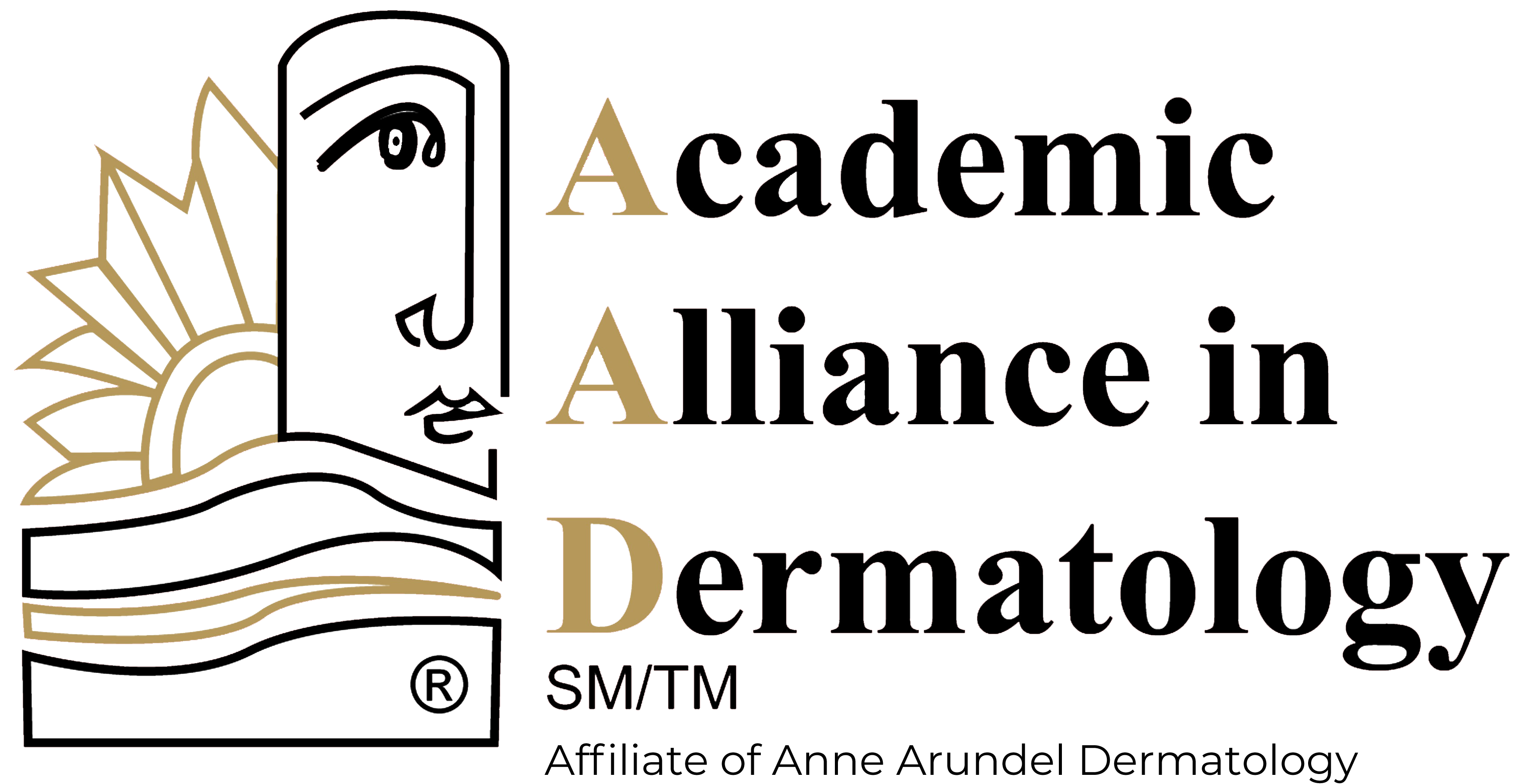Acne 101: What Causes Acne, Types Of Acne, & Acne Treatment Info
Acne is the most prevalent skin condition in the United States. For most of the 50 million Americans who experience it each year, acne begins in puberty. According to the American Academy of Dermatology Association, around 85 percent of people between the ages of 12 and 24 experience at least minor acne. But acne can occur at any age and acne in adults is increasing.
What causes acne?
There are lots of different things that can contribute to acne in teens and in adults, but the main factors that cause acne are:
-
Skin that produces excess oil
-
Clogged hair follicles
-
Bacteria
-
Hormones
There are also natural and lifestyle factors that can exacerbate the production of acne, such as hormones, certain medications, diet, and stress.
Where can you get acne?
Acne most commonly occurs on your face, forehead, chest, upper back and shoulders because these areas of skin have what are called sebaceous or oil-producing glands. Sebaceous glands are small glands in the skin that secrete an oily serum called sebum into the hair follicles to oil the skin and hair.
Types of Acne
When you get a breakout, as pimples are commonly referred to, they can come in all shapes and sizes, but there are also specific types of acne. Acne can be both inflammatory and non-inflammatory, and within those categories are even more specific types of acne, including:
-
Whiteheads and Blackheads – the most common type of acne; the difference between whiteheads and blackheads is that whiteheads are closed at the surface of the skin and blackheads are open. They both are also referred to as comedones, or a basic acne lesion.
-
Papules – these are comedones that become inflamed and form red bumps on the skin.
-
Pustules – pustules look similar to whiteheads but with a red inflamed ring around them. These especially should not be popped or picked as they can result in scarring.
-
Nodules – these are typically very large and inflamed raised “bumps” on the skin. They develop deep in the skin and are usually painful.
-
Cysts – this type of acne can be the most painful and embarrassing. Cysts are large lesions filled with pus.
Acne Treatment
Many patients are tempted to try over-the-counter medicines, washes, and lotions to help diminish the appearance of acne. For teens or adults with persistent acne, though, it’s important to seek the advice of a trained dermatologist who specializes in acne treatment and can help develop a tailored treatment plan specifically for your acne. If you’re looking for an acne dermatologist in Tampa, our dermatologists have over 30 years of experience in treating all types of acne. Don’t let embarrassing acne rule your life—a clearer, more radiant face is on the horizon.

